
 Products Center
Products Center
 Stone Crusher
Stone Crusher
 Grinding Mill
Grinding Mill
 Optional Equipment
Optional Equipment
 Mobile Crusher
Mobile Crusher
 Knowledge Hall
Knowledge Hall
 Crushers FAQ
Crushers FAQ
 Grinding Mills FAQ
Grinding Mills FAQ
 Mining Equipments
Mining Equipments
 Solution
Solution
 Stone Crushing
Stone Crushing
 Sand Making
Sand Making
 Ore Processing
Ore Processing
 Grinding Plant
Grinding Plant
 Construction Building Material
Construction Building Material
iron ore processing for blast furnace

Iron Ore Processing for the Blast Furnace
Iron Ore Processing for the Blast Furnace (Courtesy of the National Steel Pellet Company) The following describes operations at the National Steel Pellet Company, …

Iron ore - Wikipedia, the free encyclopedia
Iron is the world's most commonly used metal - steel, of which iron ore is the key ingredient, representing almost 95% of all metal used per year. It is used ...

Blast furnace - Wikipedia, the free encyclopedia
A blast furnace is a type of metallurgical furnace used for smelting to produce industrial metals, generally iron, but also others such as lead or copper. In a blast ...

gcse 2. Blast furnace extraction of iron recycling, …
2a. The Extraction of Iron . Raw Materials: Iron Ore e.g. haematite ore (iron(III) oxide) the source of iron. Fe 2 O 3; or magnetite ore

How iron is made - material, manufacture, …
then reacts with the iron ore to form carbon dioxide and pure iron. Separating the iron from the slag 2 The melted iron sinks to the bottom of the furnace.

iron processing -- Encyclopedia Britannica
iron processing, use of a smelting process to turn the ore into a form from which products can be fashioned. Included in this article also is a discussion of the ...

The Blast Furnace - Stoke-on-Trent, Pottery and …
Shelton Iron and Steel Co | Shelton Bar | Earl Granville Works How it works: The Blast Furnace | back to 'How the plant works' | Introduction

blast furnace Facts, information, pictures | …
blast furnace Cylindrical smelting furnace. It is used in the extraction of metals, mainly iron and copper, from their ores. The ore is mixed with coke and a flux ...
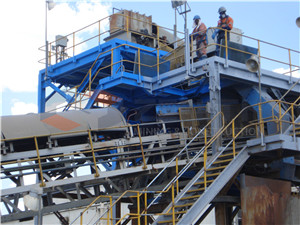
iron and steel - chemguide
This page looks at the use of the Blast Furnace in the extraction of iron from iron ore, and the conversion of the raw iron from the furnace into various kinds of steel.

Iron Ore Smelting Process - Brighthub Engineering
Iron Ore Smelting Process Using Modern Blast Furnaces. Although the basic ingredients of an iron ore blast furnace has changed little over the last hundred years or ...

Iron Ore Smelting Process - Brighthub Engineering
Iron Ore Smelting Process Using Modern Blast Furnaces. Although the basic ingredients of an iron ore blast furnace has changed little over the last hundred years or ...
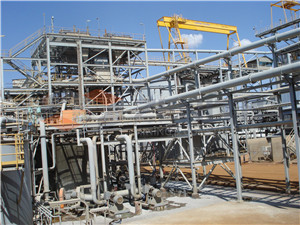
Iron Making in Mini Blast Furnace (MBF) - …
2009-6-23 · Fig: Blast Furnace Temperature Zones Fig: Typical areas of a Blast Furnace Blast Furnac...
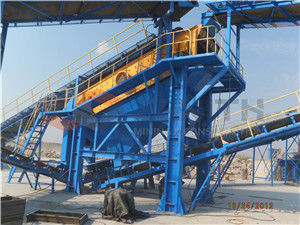
How A Blast Furnace Works - American Iron and …
The purpose of a blast furnace is to chemically reduce and physically convert iron oxides into liquid iron called "hot metal". The blast furnace is a huge, steel ...

Iron Ore - Mineral Fact Sheets - Australian Mines …
As with most iron ore mines throughout the world, all the major Australian iron ore mines are open cut. The ores from the major mines in Western Australia's Pilbara ...

Iron ore pelletizing - Mining
Iron ore pelletizing. Mining grate-kiln systems Iron ore is upgraded to a higher iron content through concentration. The concentrate must be pelletized in order to ...

blast furnace coke prices - iron steelmaking costs …
Figures above are monthly total export volumes / average monthly fob export prices for blast furnace coke shipped from Poland and the Czech Republic.

GCSE CHEMISTRY - Extraction of Iron in the Blast …
Extraction of Metals. Extraction of Iron. Chemistry of the blast furnace . Limestone is calcium carbonate (CaCO 3) and it is added to the blast furnace to remove the ...
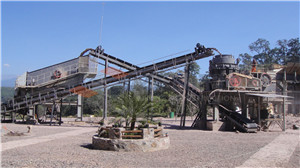
Blast Furnace: Process Description - Heat Treat …
Equipment Combustion Technology Energy Consumption Process Description R&D Trends. Blast furnaces are usually tall shaft-type steel vessels, up to ten stories ...

The Sintering Process of Iron Ore Fines | …
The Sintering Process of Iron Ore Fines Sintering plants are normally associated with the production of hot metal in blast furnaces in integrated steel pants.

How is iron extracted from its ore - Answers
Iron ore is reacted with carbon and oxygen in a blast furnace to produce CO2 and iron metal. The blast furnace is a steel tower about 20m high, lined with heat ...

GCSE CHEMISTRY - Extraction of Iron using …
Extraction of Metals. Extraction of Iron. Chemistry of the blast furnace. Hot air is blasted into the furnace causing coke (carbon) to burn rapidly producing carbon ...

Iron Ore Pelletization - Saint-Gobain
Amongst the available iron ore pelletizing processes, the Travelling Grate System is currently the most widely used. The combustion chambers in the firing zone are ...

Blast Furnace - Feed The Beast Wiki
The Blast Furnace is a 3x3x4 multiblock structure used to convert Iron into Steel, smelt aluminum dust, and salvage metal from some items, among other things.

Blast Furnace Hot Stoves - Saint-Gobain
Blast Furnace operators expect from the Hot stoves service campaigns of more than 25 years. Due to the height of the cylindrical wall and the

Iron Ore Smelting Process - Brighthub Engineering
Iron Ore Smelting Process Using Modern Blast Furnaces. Although the basic ingredients of an iron ore blast furnace has changed little over the last hundred years or ...

Iron Making in Mini Blast Furnace (MBF) - …
2009-6-23 · Fig: Blast Furnace Temperature Zones Fig: Typical areas of a Blast Furnace Blast Furnac...
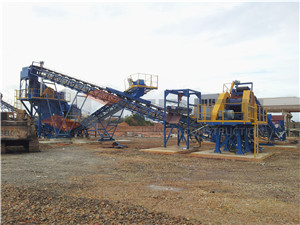
How A Blast Furnace Works - American Iron and …
The purpose of a blast furnace is to chemically reduce and physically convert iron oxides into liquid iron called "hot metal". The blast furnace is a huge, steel ...
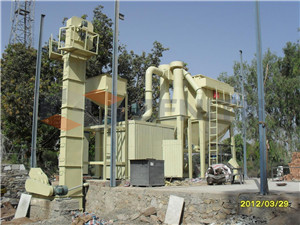
Iron Ore - Mineral Fact Sheets - Australian Mines …
As with most iron ore mines throughout the world, all the major Australian iron ore mines are open cut. The ores from the major mines in Western Australia's Pilbara ...

Iron ore pelletizing - Mining
Iron ore pelletizing. Mining grate-kiln systems Iron ore is upgraded to a higher iron content through concentration. The concentrate must be pelletized in order to ...

blast furnace coke prices - iron steelmaking costs …
Figures above are monthly total export volumes / average monthly fob export prices for blast furnace coke shipped from Poland and the Czech Republic.

GCSE CHEMISTRY - Extraction of Iron in the Blast …
Extraction of Metals. Extraction of Iron. Chemistry of the blast furnace . Limestone is calcium carbonate (CaCO 3) and it is added to the blast furnace to remove the ...

Blast Furnace: Process Description - Heat Treat …
Equipment Combustion Technology Energy Consumption Process Description R&D Trends. Blast furnaces are usually tall shaft-type steel vessels, up to ten stories ...
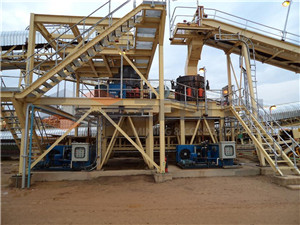
The Sintering Process of Iron Ore Fines | …
The Sintering Process of Iron Ore Fines Sintering plants are normally associated with the production of hot metal in blast furnaces in integrated steel pants.

How is iron extracted from its ore - Answers
Iron ore is reacted with carbon and oxygen in a blast furnace to produce CO2 and iron metal. The blast furnace is a steel tower about 20m high, lined with heat ...
- Last Product: iron ore mining philippines
- Next Product: run of mine sort of iron ore
RD Equipments
- environmental impact assessment for limestone mining
- options for recycling iron slag
- machinery at vatukoula gold mines
- separating hematite from iron
- iron mine south africa
- iron ore crushing plant in africa
- what is smb in gold extraction
- siguiri gold mine extraction
- how is gold used in in south africa
- iron sand smelting plant